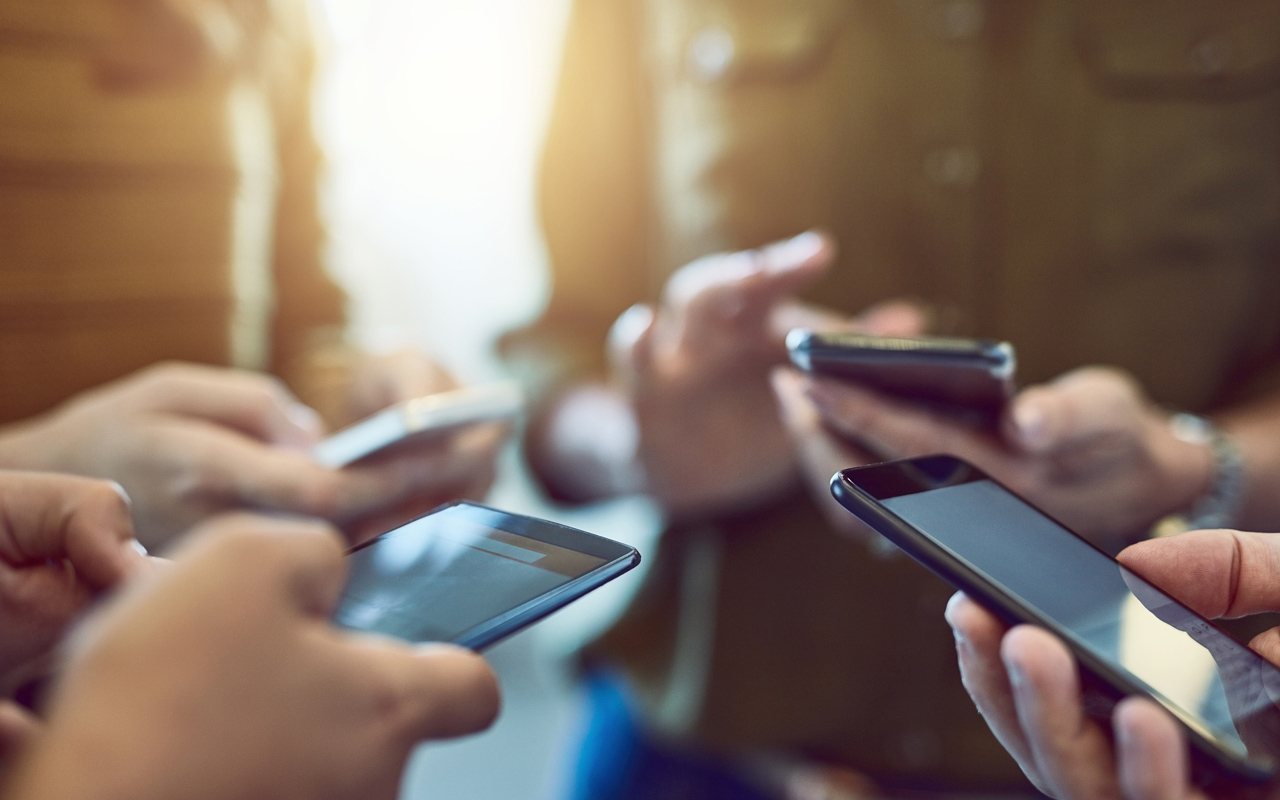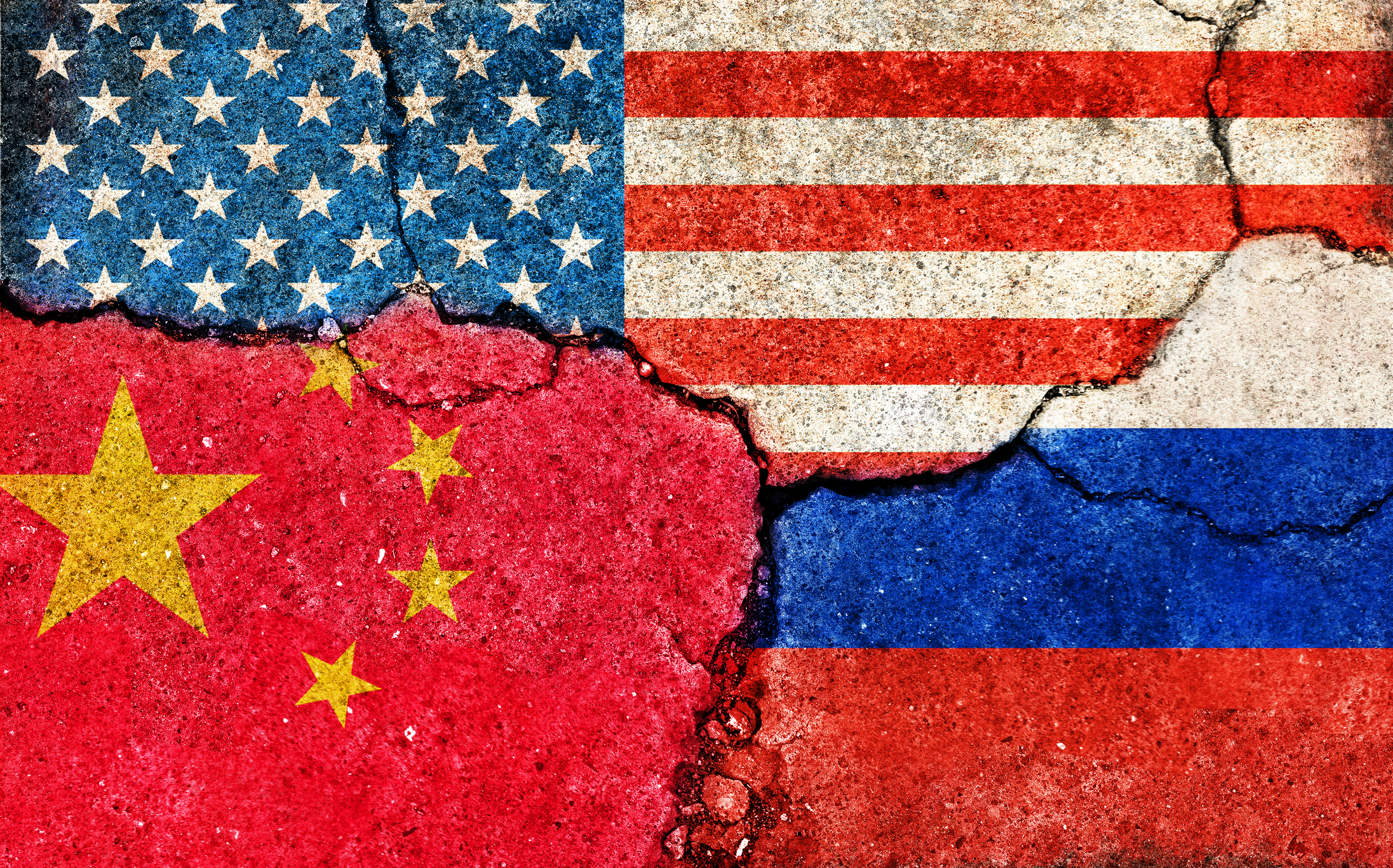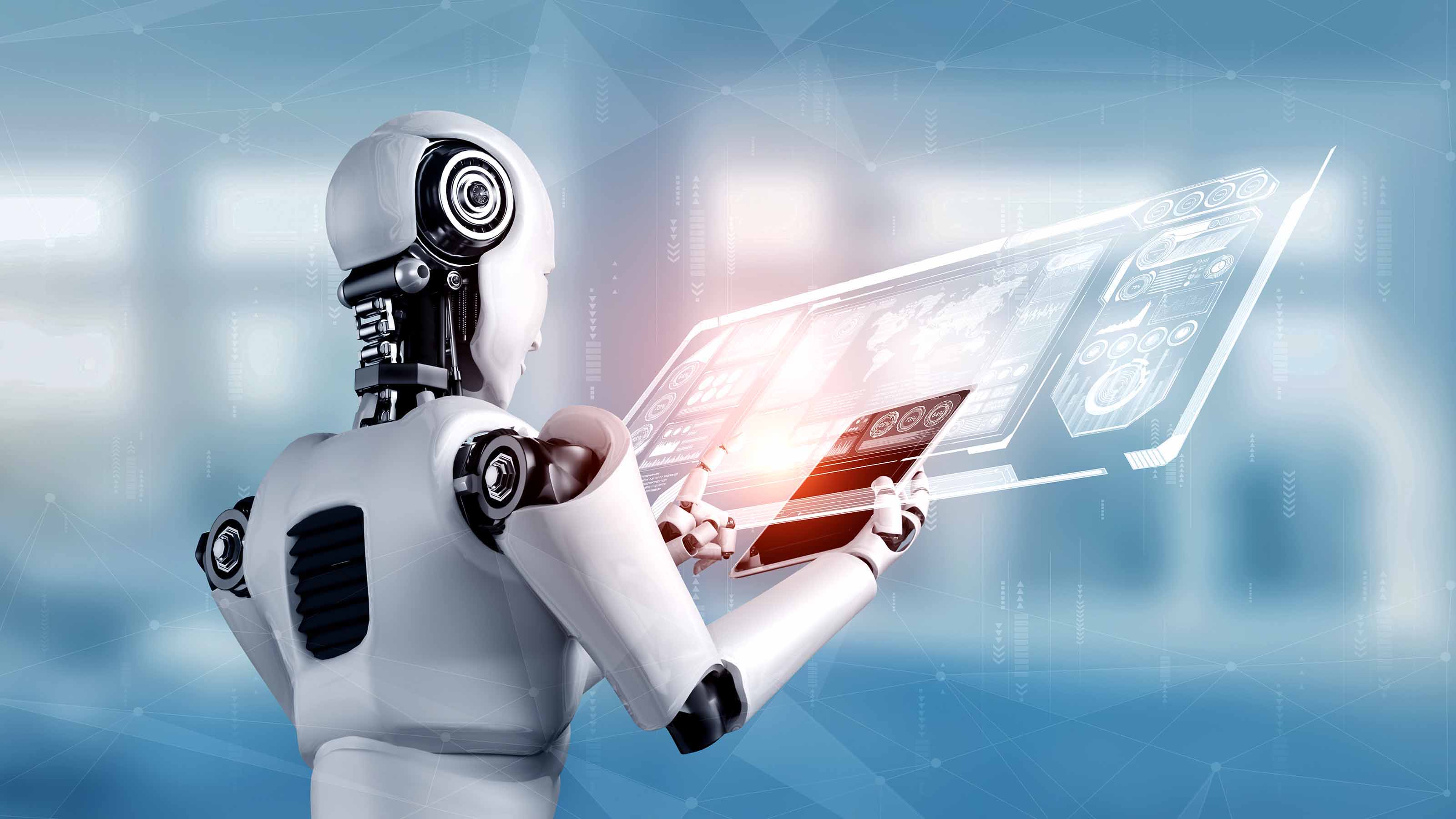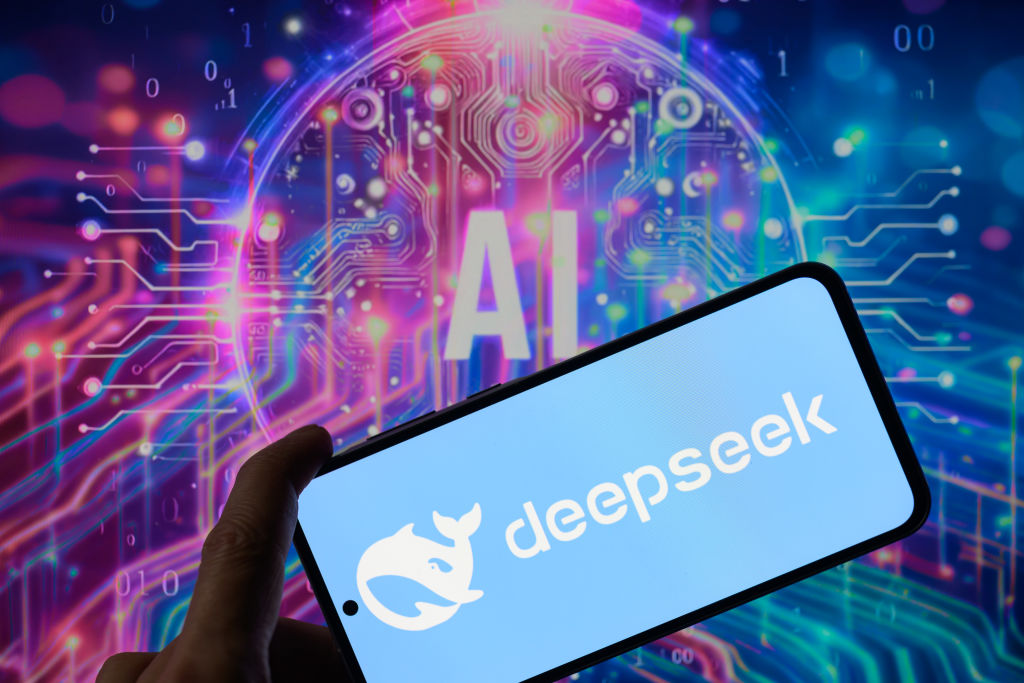New Phones Get All the Hype, but Consumers Still Love Old Models
Even as flashy AI features drive sales of new smartphones, used phones continue to fetch big bucks as demand outstrips supply.


To help you understand what is going on in the tech sector our highly experienced Kiplinger Letter team will keep you abreast of the latest developments and forecasts (Get a free issue of The Kiplinger Letter or subscribe). You'll get all the latest news first by subscribing, but we will publish many (but not all) of the forecasts a few days afterward online. Here’s the latest…
If you’re shopping for a used smartphone, you may be in for sticker shock. Used phones are hot commodities.
“There are multiple tailwinds driving this business,” says Sean Cleland, head of mobile division at B-Stock, an online overstock marketplace that deals with big volumes of used phones. Cleland points to consumers holding onto older phones longer, fewer trade-ins and a lack of compelling new features on the latest models. There are signs many buyers have been waiting for Apple’s latest iPhone 16 and other new phones with new artificial intelligence features, such as summarizing emails, generating text and creating images.

Sign up for Kiplinger’s Free E-Newsletters
Profit and prosper with the best of expert advice on investing, taxes, retirement, personal finance and more - straight to your e-mail.
Profit and prosper with the best of expert advice - straight to your e-mail.
Consider the iPhone 15 Pro Max, released September 2023. It still maintains 90% of the original retail price on the secondary market for end buyers, according to B-Stock. Apple’s iPhones are particularly good at holding onto their value because of regular software updates, rugged design and quality hardware. That means they last longer, receive new features via software updates and continue to have strong security.
Rising prices for new phones have also spiked demand for older models. It varies a lot by model and age, but used phones run about $300, on average. That’s a steep discount from nearly $1,000 or more for new, high-end devices.
High prices for refurbished models have prompted carriers and phonemakers to work harder to get people to trade in old models, which can then be sold in the U.S. or overseas through brick-and-mortar and online outlets, such as Amazon, eBay and Best Buy.
This year’s strong smartphone sales could help a little by bringing more supply to the refurbished market. Worldwide smartphone shipments are set to rise nearly 6% this year, according to tech market research company IDC. Apple is hoping its newest model scores outsized sales, based on the fact that 300 million iPhone users haven’t upgraded their phones in four years according to Wedbush Securities.
Some solace to frugal shoppers who may grimace at the elevated prices of used phones: “When you get something that’s preowned, it's a darned good device,” says Cleland. From trusted sellers, devices are cleared of data, tested, fixed (if necessary), cleaned and can last for years.
This forecast first appeared in The Kiplinger Letter, which has been running since 1923 and is a collection of concise weekly forecasts on business and economic trends, as well as what to expect from Washington, to help you understand what’s coming up to make the most of your investments and your money. Subscribe to The Kiplinger Letter.
Get Kiplinger Today newsletter — free
Profit and prosper with the best of Kiplinger's advice on investing, taxes, retirement, personal finance and much more. Delivered daily. Enter your email in the box and click Sign Me Up.

John Miley is a Senior Associate Editor at The Kiplinger Letter. He mainly covers technology, telecom and education, but will jump on other important business topics as needed. In his role, he provides timely forecasts about emerging technologies, business trends and government regulations. He also edits stories for the weekly publication and has written and edited e-mail newsletters.
He joined Kiplinger in August 2010 as a reporter for Kiplinger's Personal Finance magazine, where he wrote stories, fact-checked articles and researched investing data. After two years at the magazine, he moved to the Letter, where he has been for the last decade. He holds a BA from Bates College and a master’s degree in magazine journalism from Northwestern University, where he specialized in business reporting. An avid runner and a former decathlete, he has written about fitness and competed in triathlons.
-
 2026 Disney Dining Plan Returns: Free Dining for Kids & Resort Benefits
2026 Disney Dining Plan Returns: Free Dining for Kids & Resort BenefitsPlan your 2026 Walt Disney World vacation now. Learn about the returning Disney Dining Plan, how kids aged three to nine eat free, and the exclusive benefits of staying at a Disney Resort hotel.
By Carla Ayers
-
 How Can Investors Profit From AI's Energy Use?
How Can Investors Profit From AI's Energy Use?Global energy demand is expected to grow by leaps and bounds over the next several years as AI usage accelerates. Here's how to get a piece of the pie.
By Jacob Schroeder
-
 The Economic Impact of the US-China Trade War
The Economic Impact of the US-China Trade WarThe Letter The US-China trade war will impact US consumers and business. The decoupling process could be messy.
By David Payne
-
 AI Heads to Washington
AI Heads to WashingtonThe Kiplinger Letter There’s big opportunity for AI tools that analyze MRIs and other medical images. But also big challenges that clinicians and companies will have to overcome.
By John Miley
-
 The AI Doctor Coming to Read Your Test Results
The AI Doctor Coming to Read Your Test ResultsThe Kiplinger Letter There’s big opportunity for AI tools that analyze CAT scans, MRIs and other medical images. But there are also big challenges that human clinicians and tech companies will have to overcome.
By John Miley
-
 The New Space Age Takes Off
The New Space Age Takes OffThe Kiplinger Letter From fast broadband to SOS texting, space has never been more embedded in peoples’ lives. The future is even more exciting for rockets, satellites and emerging space tech.
By John Miley
-
 Rising AI Demand Stokes Undersea Investments
Rising AI Demand Stokes Undersea InvestmentsThe Kiplinger Letter As demand soars for AI, there’s a need to transport huge amounts of data across oceans. Tech giants have big plans for new submarine cables, including the longest ever.
By John Miley
-
 What DOGE is Doing Now
What DOGE is Doing NowThe Kiplinger Letter As Musk's DOGE pursues its ambitious agenda, uncertainty and legal challenges are mounting — causing frustration for Trump.
By Matthew Housiaux
-
 A Move Away From Free Trade
A Move Away From Free TradeThe Letter President Trump says long-term gain will be worth short-term pain, but the pain could be significant this year.
By David Payne
-
 The Explosion of New AI Tools
The Explosion of New AI ToolsThe Kiplinger Letter Workers and consumers soon won’t be able to escape generative AI. Does that mean societal disruption and productivity gains are right around the corner?
By John Miley